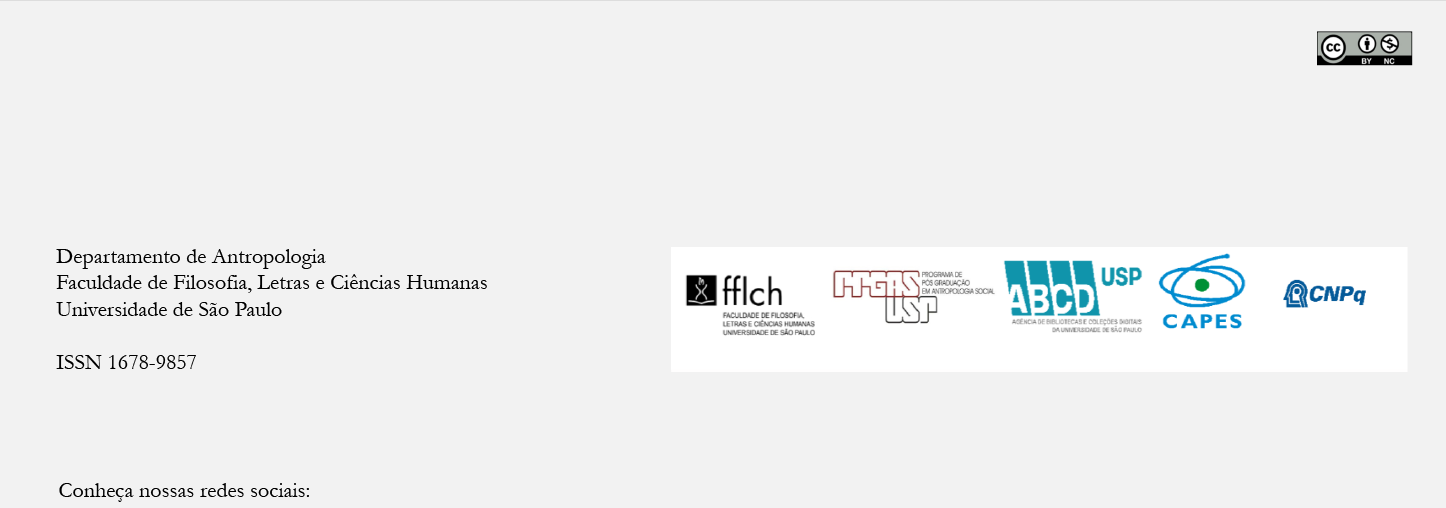“My grandfather gave ayahuasca to Mestre Irineu”: Reflections on the entrance of indigenous peoples into the urban circuit of ayahuasca consumption in Brazil
DOI:
https://doi.org/10.11606/2179-0892.ra.2014.89113Keywords:
Ayahuasca, Santo Daime, rituals, shamanism, indigenous groupsAbstract
This article presents a reflection on the entrance of indigenous peoples into the urban ayahuasca circuit. We describe the process of contact of different indigenous populations, such as the Kaxinawa, Guarani, Apurinã, Kuntanawa and Yawanawa with the Brazilian religions and the neo-ayahuasqueros. We observe the claim of some of these groups that they had been responsible for presenting ayahuasca to Mestre Irineu, the founder of Santo Daime. We consider the penetration of the discourse of some of these actors in the public debate, with the intention of understanding their demand for the participation of indigenous peoples in the process of recognizing ayahuasca as immaterial cultural heritage by the Institute of National Historic and Artistic Heritage (IPHAN). We analyze the way in which the entrance of these indigenous peoples into this circuit, or the participation of non-indigenous peoples in ceremonies in Acrean indigenous villages, are reconfiguring the field of Brazilian ayahuasca religiosity.
Downloads
Downloads
Published
Issue
Section
License
Authors who intend to publish in this journal must agree with the following terms:
- a) Authors retain copyright and grant the journal the right of first publication. The work is simultaneously licensed under the Creative Commons Attribution License, which allows the work to be shared as long as the author and the initial publication in this journal are appropriately credited.
- b) Authors are authorized to sign additional contracts for non-exclusive distribution of the version of the work published in this journal (e.g., to publish it as a book chapter), as long as the author and the initial publication in this journal are appropriately credited.
- c) Authors are allowed and encouraged to publish and distribute their work online (e.g. on their personal webpage) after the editorial process, for this can generate productive changes as well as increase the impact and citation of the work. See The Effect of Open Access Publications.



